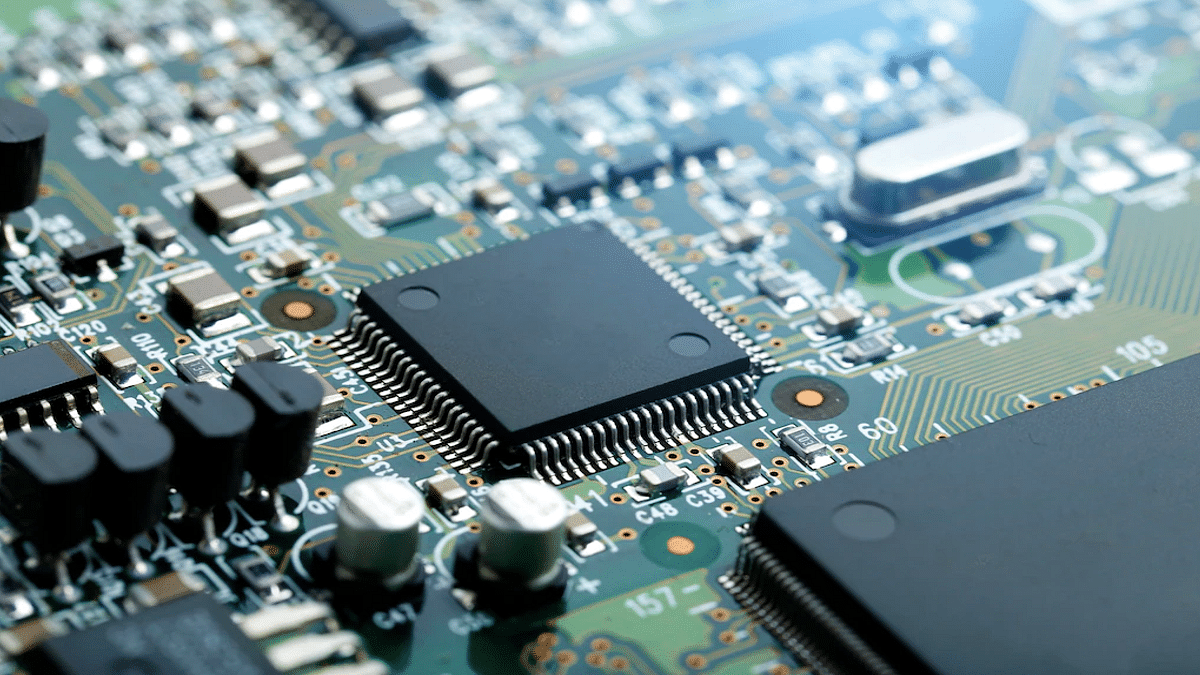Smartphones are modern gadgets that have become more of a necessity than a luxury. You get many options ranging from gaming to photograph-oriented handsets in the market if you step out to buy one. The ecosystem is primarily divided between Android and iOS smartphones. The former gets power delivery either from a Qualcomm or MediaTek series chipset.
The Snapdragon series processors compete with MediaTek’s Helio and Dimensity processor lineups in all segments including budget, mid-range, and premium. Qualcomm’s Snapdragon 778G chipset is one of the most popular smartphone OEMs for premium mid-range products. MediaTek has Dimensity 800 series and the Helio G80/90 series processors that rival this octa-core 5G Qualcomm processor. If you wish to read their CPU and GPU performance comparison, read on below:
Qualcomm Snapdragon 778G Vs Helio G96: CPU Performance
Qualcomm and MediaTek have designed the Snapdragon 778G and the Helio G96 octa-core processors on ARMv8.4-A and ARMv8.2-A instruction sets respectively. The SD 778G is built on a thinner 6nm fabrication process, whereas, the Helio G96 is based on a 12nm fabrication process.
The octa-core Qualcomm SD 778G has one 2.4GHz Cortex-A78 core, three Cortex-A78 cores with 2.2GHz clock speed, and four Cortex-A55 cores with 1.9GHz clock speed. MediaTek’s octa-core Helio G96 processor comprises two Cortex-A76 cores with 2.05GHz clock speed and six Cortex-A55 cores clocked at 2GHz. CPU performance is good with both these chipsets. Since they both are game-centric processors, expect a good gameplay session with smartphones integrated with these two chipsets.
Snapdragon 778G Vs Helio G96 SoC: GPU Support
Speaking of the GPUs, Qualcomm has packed the Snapdragon 778G chipset with Adreno 642L GPU. This GPU Is built on Adreno 600 architecture with two execution units and 384 shading units. On the contrary, the Helio G96 has the Mali G57 MC2 GPU integrated which is based on Valhall architecture. This octa-core MediaTek processor has 32 shading units. Graphics rendering will be decent with both these chipsets; specifically the Snapdragon 778G which can deliver some high-end graphics smoothly.
Snapdragon 778G Vs Helio G96 Chipset: Memory, Multimedia (ISP)
In terms of memory, the Qualcomm Snapdragon 778G processor has LPDDR5 RAM compatibility compared to the LPDDR4X RAM support on the Helio G96. The memory frequency of the Qualcomm processor is 3200MHz, while, the Helio G96 comes with 2133a MHz memory frequency.
The max memory allocation on the Qualcomm Snapdragon 778G processor is 16GB, whereas, the Helio HG96 has 10GB max memory allocation size. Qualcomm has added UFS 2.1, UFS 2.2, UFS 3.0, and UFS 3.1 storage support. However, MediaTek has only added support for eMMC 5.1 and UFS 2.2 storage support.
In terms of memory (ISP) compatibility, the Qualcomm Snapdragon 778G chipset has a 1080 x 2520 pixels max display resolution and 1x192MP, 2x36MP max camera resolution. This processor can record 4K@30fps videos and has H.264, H.265, VP8, and VP9 video codes.
The audio codec support with this processor is AAC, AIFF, CAF, MP3, MP4, and WAV. The Helio G96 supports these same audio codecs. However, the MediaTek processor supports a lower max camera resolution of 1x 108MP, 2x 16MP, and also 2k@30fps/ 1K@60fps video recording.

